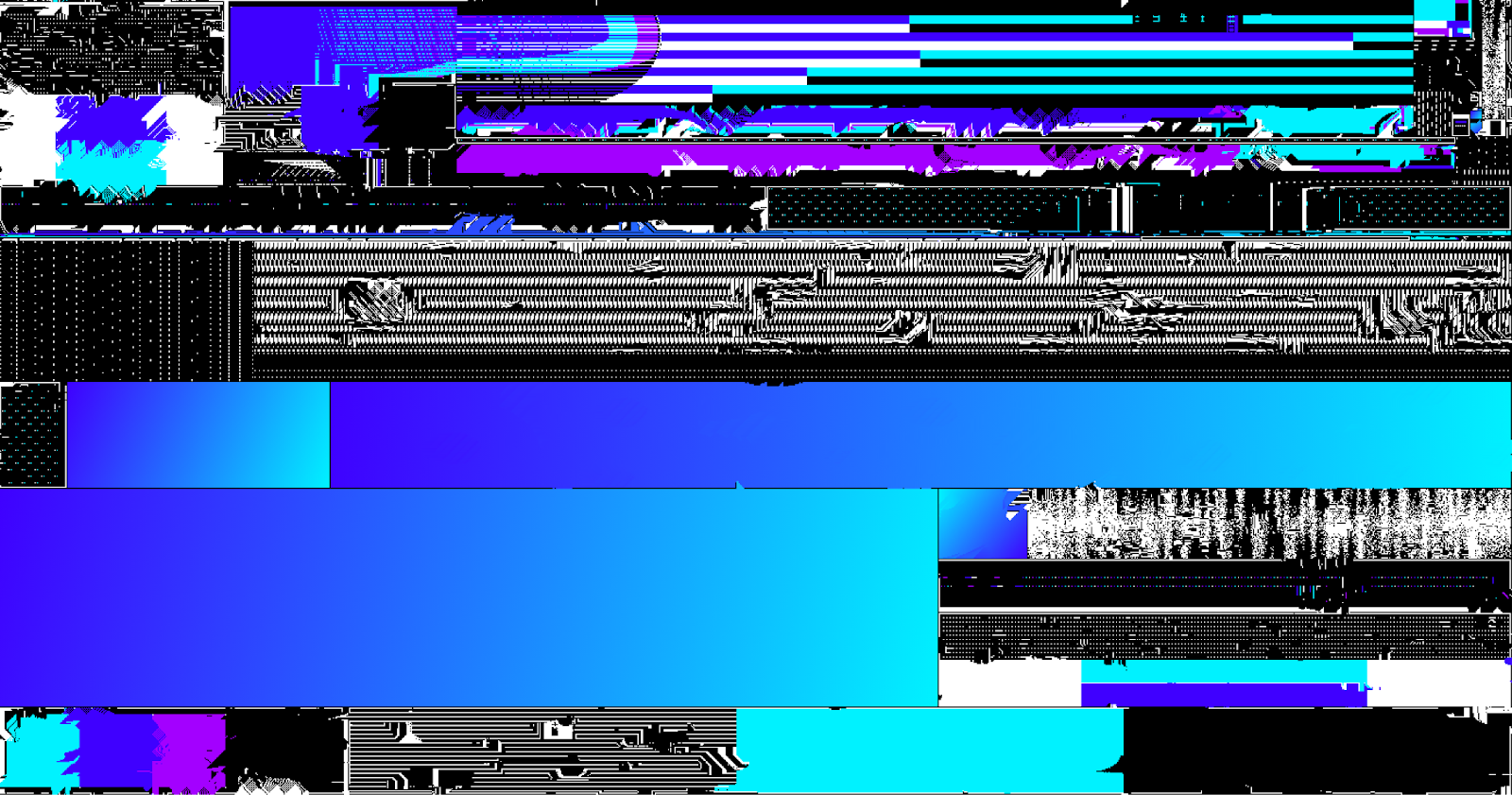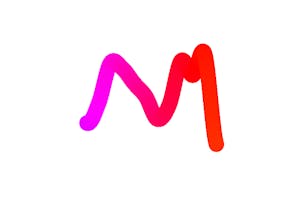Glitch Cycles
Guest editor Rosa Menkman introduces a special issue on the artistic practice of glitch.


“Coded: Art Enters the Computer Age, 1952–1982,” on view at the Los Angeles County Museum of Art this past spring, was a major historical survey of art made with code. Critics greeted it with jeers. Los Angeles Times critic Christopher Knight dismissed the work as “unmemorable” and “mediocre.” Jed Perl’s review in New York Review of Books equated use of technology for artistic ends with technological naivete, denying the artists’ critical expertise and skill. Kim Cordova, writing in e-flux, had almost nothing to say about the art, instead focusing on the relationship between the technology as it is used by artists on one hand and the military-industrial complex on the other—a line of attack that goes back to the 1960s. Here I should note that the review on Outland was not favorable, either—but Lindsay Caplan didn’t criticize the work on view so much as the curatorial framing, which took histories of midcentury painting as the main context for generative art, thereby privileging static outputs over experiments in time-based media. (I’d also like to note that the Whitney Museum of American Art’s 2018 exhibition “Programmed,” which foregrounded dynamic and performative works of generative art, was almost entirely ignored by the press, besides a glowing review by Alex Greenberger in Artnews.)
Most art critics don’t have any more understanding of generative art than their predecessors did half a century ago.
Grant Taylor’s 2014 book When the Machine Made Art details hostile reactions from the art world toward computer-based artistic experiments since the 1960s. Given this consistency over time, the negative reception for “Coded” should come as no surprise. And yet it does seem somewhat surprising that, although computers and computing have become ubiquitous in contemporary life, most art critics don’t have any more understanding of or interest in generative art than their predecessors did half a century ago. Despite Knight’s judgment of computer art as “mediocre,” I’m skeptical that quality is the real issue. Quality, after all, is not some permanent, objective category, but one whose parameters shift with the values of the time.

Why have critics been so resistant to generative art? Based on my experience working as an editor at an art magazine, I suspect it’s partly because criticism relies on recycled ideas. A critic sees an exhibition, reads the press release, reads past writing on the artist, then writes a review identifying what is new or different, better or worse, about the show under consideration. Maybe they’ll say something about the artist’s work that has not yet been articulated—but that’s the best-case scenario. Most criticism simply regurgitates preexisting narratives. In my own writing, I try to make a point of writing about art that other critics haven’t, or at least saying something about an artist or body of work that hasn’t been said before. That’s part of why I was drawn to writing about digital art in the first place—there are so many fresh ideas to explore.
I’m proud that Outland, for almost two years now, has provided a platform for thoughtful writing about digital art, giving critical attention to work that wouldn’t get it anywhere else, including work made with code. A new kind of discourse can’t be created single-handedly—it benefits from the conversations and juxtaposed perspectives that Outland’s magazine format can provide. But even then the editorial process can feel a bit isolated, limited to trading changes in a document over email. For some time I’d wanted to put together a workshop where critics, curators, and other interested parties could get together, ask each other questions, and talk with artists to learn more about the mediums and methods of digital art, and test approaches to writing about it.
This year I was fortunate to collaborate with Jordan Kantor—artist, critic, and artistic director at Art Blocks—on organizing a writing workshop focused on generative art. In the coming weeks, Outland will be publishing essays by some of the workshop’s participants. This partnership has been especially meaningful because I feel my goal—to work collectively toward building a new kind of critical discourse—aligns with a significant achievement of Art Blocks, which is to build a new kind of art market, bringing together longtime enthusiasts of creative coding and introducing it to thousands of new fans. The workshop, of course, operates on a much smaller scale. But I hope it will be a crucial first step in cultivating more sensitive, insightful writing about an art form that has long been denied such responses.
Brian Droitcour is Outland’s editor-in-chief.
